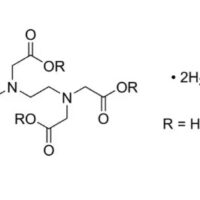Description
Synonyms: 3-(4-Methylpiperazinyliminomethyl)rifamycin SV, Rifampin, Rifamycin AMP
Empirical Formula (Hill Notation): C43H58N4O12
General description
Chemical structure: macrolide
Application
Rifampicin is used to treat Tuberculosis and Tuberculosis-related mycobacterial infections. It is widely used as an antipruritic agent in the autoimmune cholestatic liver disease, primary biliary cirrhosis (PBC). It has been shown to cause hepatitis.
Biochem/physiol Actions
Rifampicin inhibits the assembly of DNA and protein into mature virus particles. It inhibits initiation of RNA synthesis by binding to β-subunit of RNA polymerase, which results in cell death.
Inhibits the assembly of DNA and protein into mature virus particles.
Mode of Action: Inhibits initiation of RNA synthesis by binding to β-subunit of RNA polymerase.
PROPERTIES
Pack Size
1g; 5g
Assay
≥95% (HPLC)
form
powder or crystals
color
Reddish-brown
pKa
1.7 (4-hydroxyl group)
7.9 (4-piperazine nitrogen)
pI
4.84
antibiotic activity spectrum
Gram-negative bacteria
Gram-positive bacteria
mycobacteria
viruses
Mode of action
protein synthesis | interferes
storage temp.
−20°C





Reviews
There are no reviews yet.